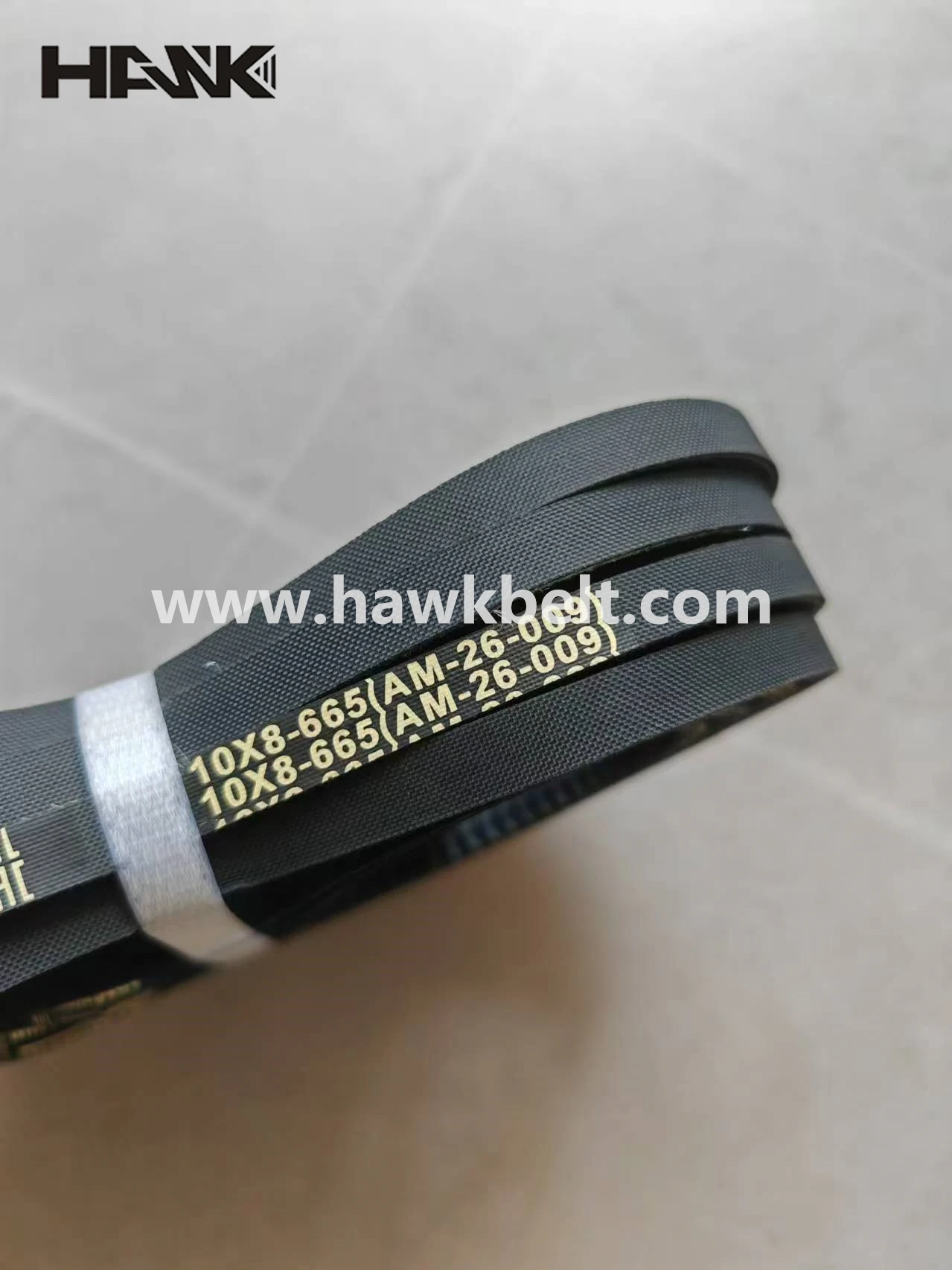- Arabic
- French
- Russian
- Spanish
- Portuguese
- Turkish
- Armenian
- English
- Albanian
- Amharic
- Azerbaijani
- Basque
- Belarusian
- Bengali
- Bosnian
- Bulgarian
- Catalan
- Cebuano
- Corsican
- Croatian
- Czech
- Danish
- Dutch
- Afrikaans
- Esperanto
- Estonian
- Finnish
- Frisian
- Galician
- Georgian
- German
- Greek
- Gujarati
- Haitian Creole
- hausa
- hawaiian
- Hebrew
- Hindi
- Miao
- Hungarian
- Icelandic
- igbo
- Indonesian
- irish
- Italian
- Japanese
- Javanese
- Kannada
- kazakh
- Khmer
- Rwandese
- Korean
- Kurdish
- Kyrgyz
- Lao
- Latin
- Latvian
- Lithuanian
- Luxembourgish
- Macedonian
- Malgashi
- Malay
- Malayalam
- Maltese
- Maori
- Marathi
- Mongolian
- Myanmar
- Nepali
- Norwegian
- Norwegian
- Occitan
- Pashto
- Persian
- Polish
- Punjabi
- Romanian
- Samoan
- Scottish Gaelic
- Serbian
- Sesotho
- Shona
- Sindhi
- Sinhala
- Slovak
- Slovenian
- Somali
- Sundanese
- Swahili
- Swedish
- Tagalog
- Tajik
- Tamil
- Tatar
- Telugu
- Thai
- Turkmen
- Ukrainian
- Urdu
- Uighur
- Uzbek
- Vietnamese
- Welsh
- Bantu
- Yiddish
- Yoruba
- Zulu
ნოე . 07, 2024 15:33 Back to list
Understanding the Importance of Steel Timing Belts in Mechanical Applications
Understanding Steel Timing Belts A Comprehensive Overview
Timing belts are crucial components in various mechanical systems, particularly in automotive engines and industrial machines. Among the different types of timing belts, steel timing belts stand out due to their strength, durability, and reliability. This article aims to explore the features, advantages, and applications of steel timing belts, shedding light on why they are preferred in many demanding environments.
What is a Steel Timing Belt?
A timing belt is a toothed belt that synchronizes the rotation of the crankshaft and camshaft in an engine, ensuring that the engine's valves open and close at the correct times during each cylinder's intake and exhaust strokes. A steel timing belt incorporates high-strength steel cords into the belt's construction, enhancing its load-bearing capacity and resistance to wear and tear.
Typically, timing belts are made from a combination of elastomers and reinforcement materials. In the case of steel timing belts, the steel cords provide additional tensile strength, allowing the belt to handle higher loads and operate effectively under harsh conditions. This makes them ideal for applications that require precision timing and robust performance.
Advantages of Steel Timing Belts
1. Increased Durability Steel timing belts are renowned for their longevity. The introduction of steel reinforcement helps to prevent elongation over time, maintaining the belt's performance and extending its service life. Compared to traditional rubber belts, steel timing belts can withstand greater wear and fatigue.
2. Higher Load Capacity The strength of the steel cords allows these timing belts to support larger loads without compromising their integrity. This characteristic is essential in heavy machinery and high-performance engines where mechanical components experience significant stress.
3. Temperature Resistance Steel timing belts can operate efficiently at higher temperatures than their rubber counterparts. This thermal stability makes them suitable for applications in environments with extreme temperatures, whether those are hot or cold.
4. Less Stretching Steel belts exhibit minimal stretch during operation, allowing for precise timing and synchronization of moving parts. This accuracy is vital for optimizing engine performance and efficiency, as it ensures that the timing of the combustion process is maintained.
steel timing belt

5. Noise Reduction Steel timing belts often produce less noise compared to traditional rubber belts. The metal components can dampen vibration, leading to quieter operation—a significant advantage in automotive and industrial applications where noise reduction is desirable.
Applications of Steel Timing Belts
Steel timing belts have a wide range of applications across various industries
- Automotive Industry In vehicles, steel timing belts are used to drive overhead camshafts, ensuring synchronized movement for optimal engine performance.
- Industrial Machinery They are prevalent in conveyor systems, robotics, and various forms of heavy machinery requiring precise movement and high load capacity.
- Construction Equipment Steel timing belts can be found in excavators, bulldozers, and other construction equipment where reliability and durability are critical.
- Manufacturing Systems In automated manufacturing systems, steel timing belts are used for material handling, positioning, and transfer applications, where precision and repeatability are essential.
Conclusion
In summary, steel timing belts offer unparalleled advantages in terms of strength, durability, and performance, making them an essential choice for various applications demanding precise synchronization and high load capacities. As technology advances, the role of steel timing belts in enhancing the efficiency and reliability of mechanical systems will continue to grow, further establishing their importance in industries ranging from automotive to manufacturing. When selecting a timing belt for a specific application, considering the benefits of steel timing belts can lead to improved performance, reduced maintenance costs, and extended operational life.
-
Korean Auto Parts Timing Belt 24312-37500 For Hyundai/Kia
NewsMar.07,2025
-
7PK2300 90916-T2024 RIBBED BELT POLY V BELT PK BELT
NewsMar.07,2025
-
Chinese Auto Belt Factory 310-2M-22 For BMW/Mercedes-Benz
NewsMar.07,2025
-
Chinese Auto Belt Factory 310-2M-22 For BMW/Mercedes-Benz
NewsMar.07,2025
-
90916-02660 PK Belt 6PK1680 For Toyota
NewsMar.07,2025
-
drive belt serpentine belt
NewsMar.07,2025

